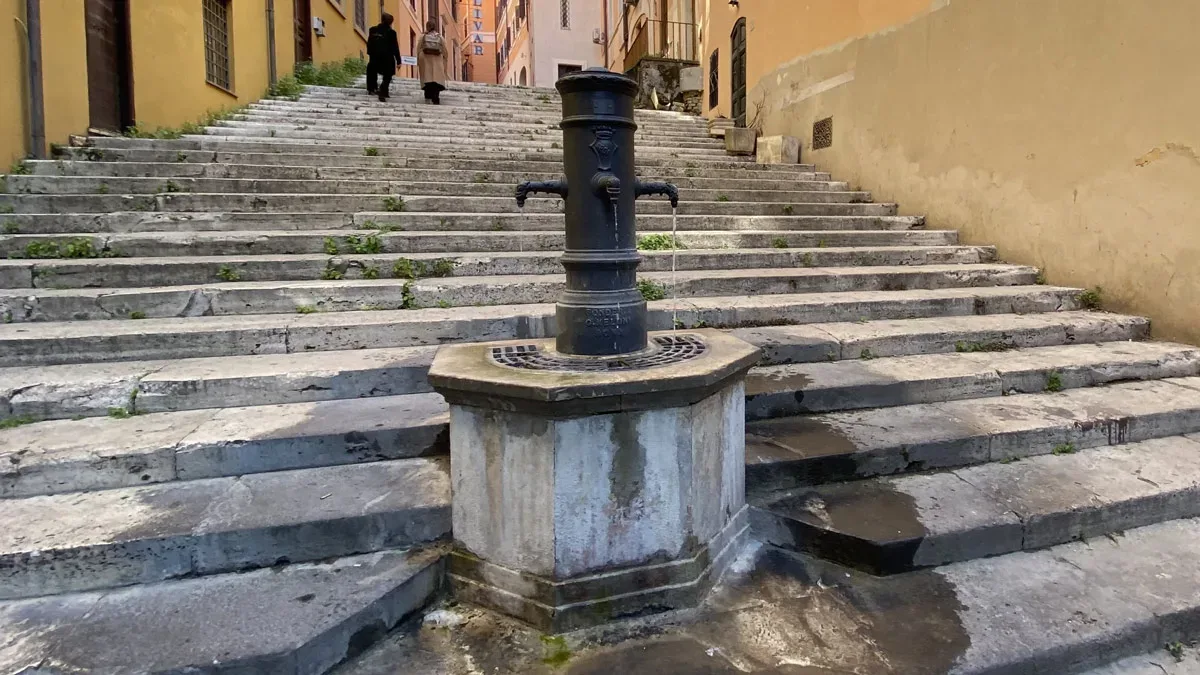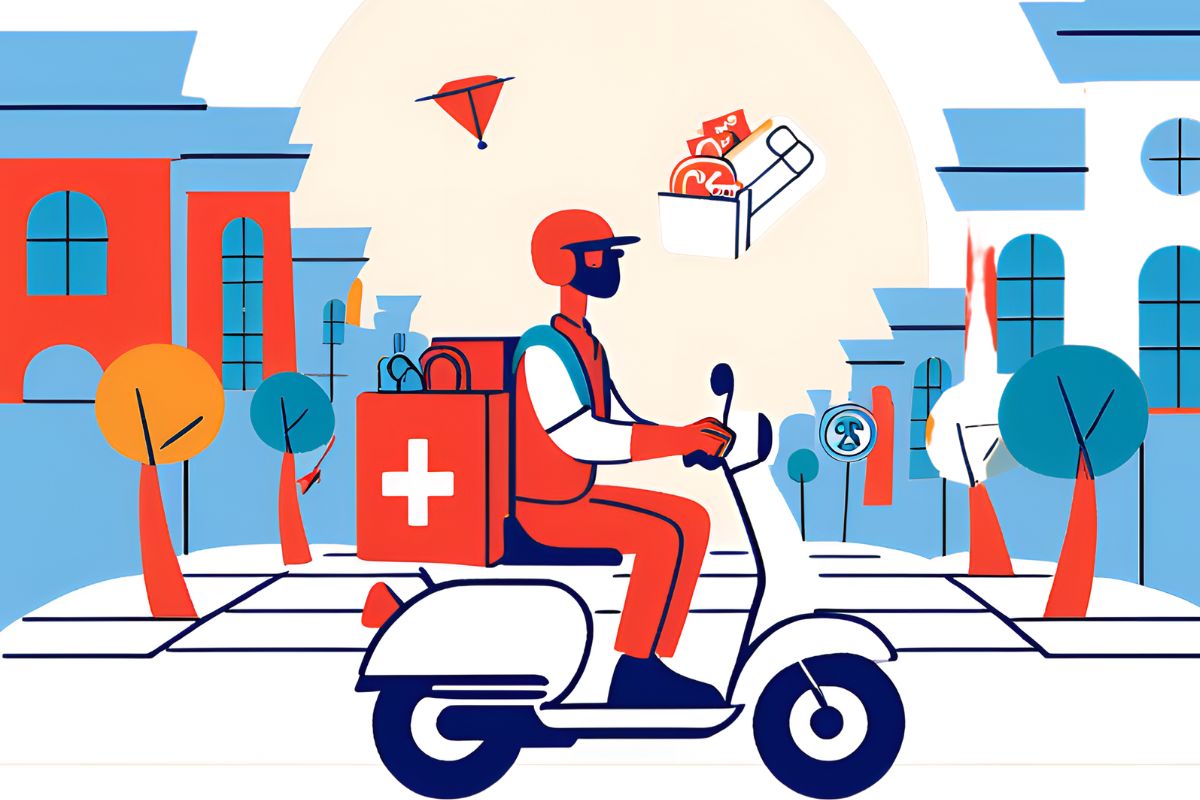Staying hydrated while in Rome is important, especially during the hot summer months. Here is all you need to know about the history of Rome’s iconic drinking fountains and where to find them.
While walking around Rome it is important to stay hydrated, especially in the summer heat but there is no need to buy water from vendors. If you have visited the city then you have probably noticed large fountains with water flowing from them and asking yourself if this water is drinkable.
Rome has 2,500 public drinking fountains or “nasonis” throughout the metropolitan district where residents and visitors can fill up their water bottles or take a quick drink. There are about 200 fountains in the historical center and 90 artistic fountains which display Rome’s history and culture. These fountains make Rome the city with the most drinking fountains and the only city in the world that offers public drinking water to its citizens. “Nasone” literally means large nose and the fountains got their name from their nose-like design. The fountains are three feet tall and cast iron, providing cold, clean drinking water every day.
The water comes from mountains above the city and is the same water that flows into Roman homes, ensuring drinkable spring water. In the 1870s after the unification of Italy, the first Mayor of Rome, Luigi Piancini, had the City of Rome begin installing these fountains to provide clean drinking water for citizens. The Romans believed that water was a sacred gift from the gods, and an aqueduct originally created by the first Romans centuries ago pipes the water into the city.

The water is tested for purity by the City of Rome around 250,000 times a year so you can be sure it is safe to drink. The water also runs constantly to prevent stagnation. If you do not have a water bottle to fill up you can block the water flow with your hand and the water will come out at the top in a small stream that you can drink from. The drinking fountains also supply water to local markets, urban gardens, parks, children, and even dogs, especially in the summer heat.
These water fountains can be found in every neighborhood and this interactive map makes it easy to locate them. You can also find them via an app called “Nasoni in Roma”.




